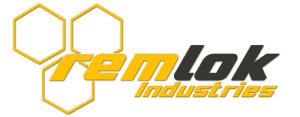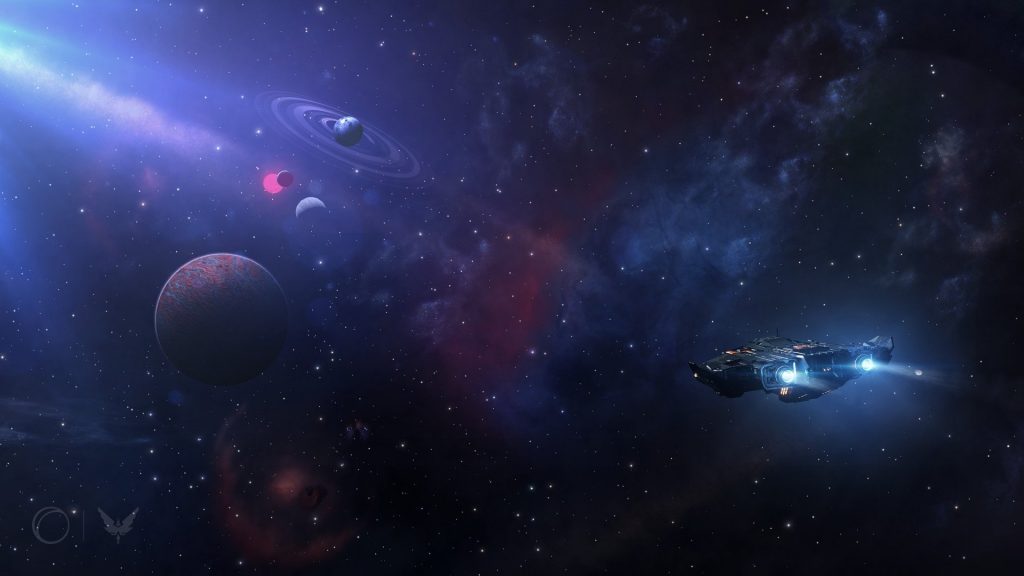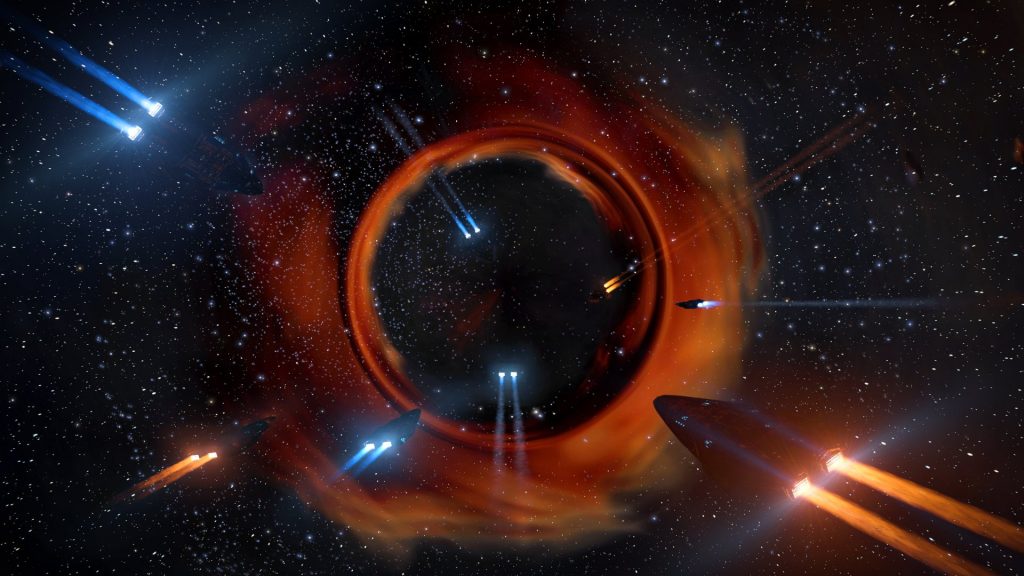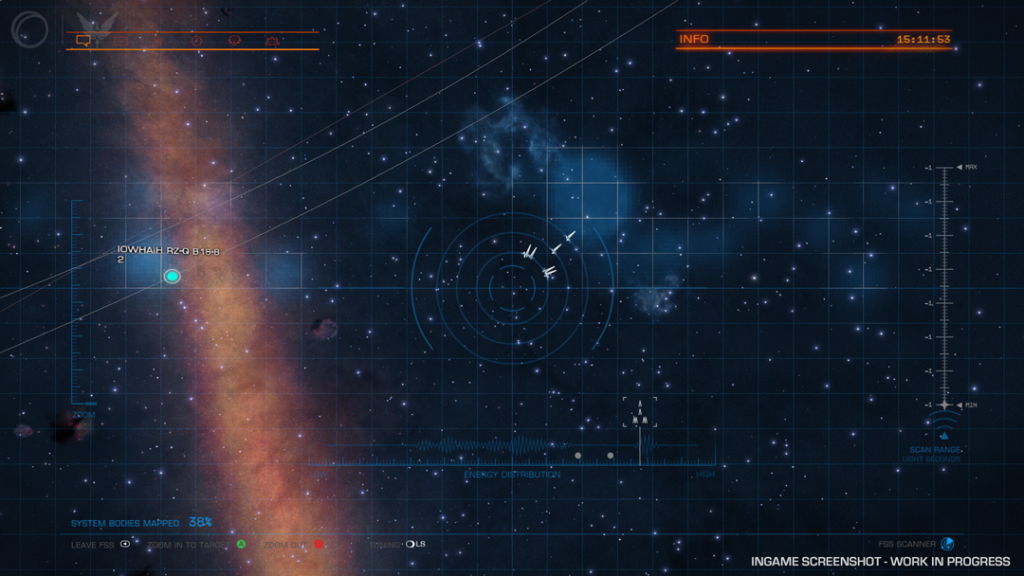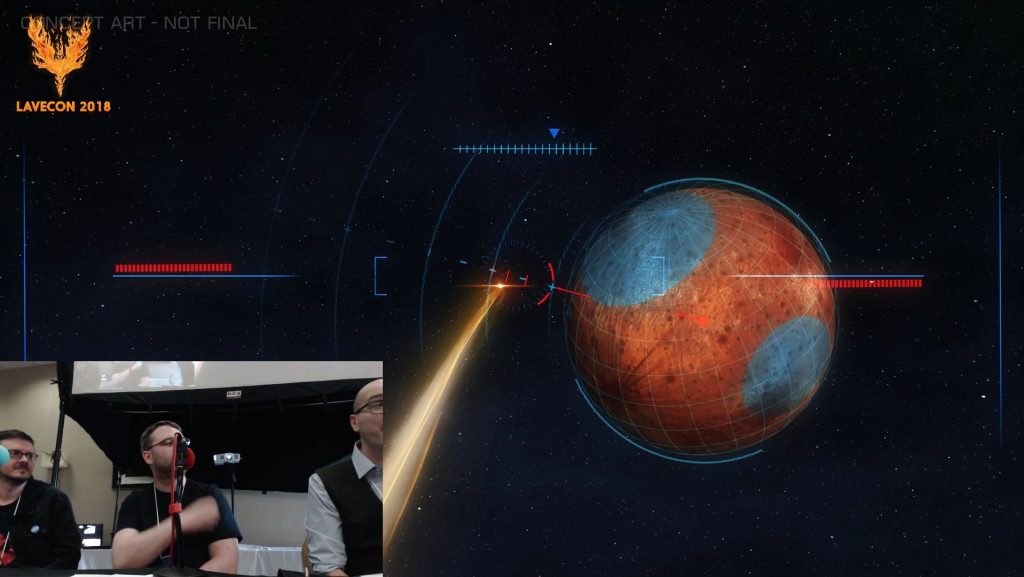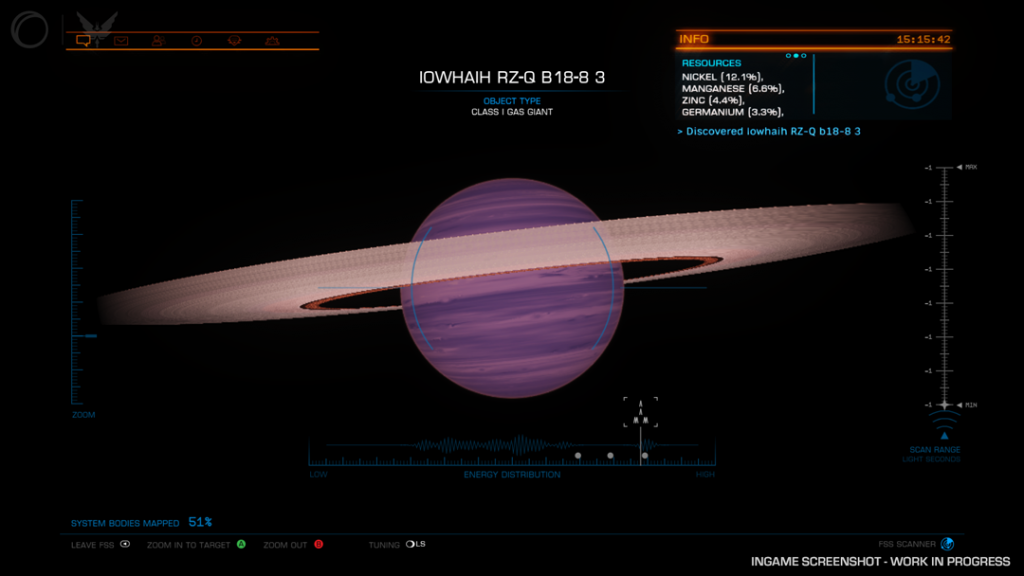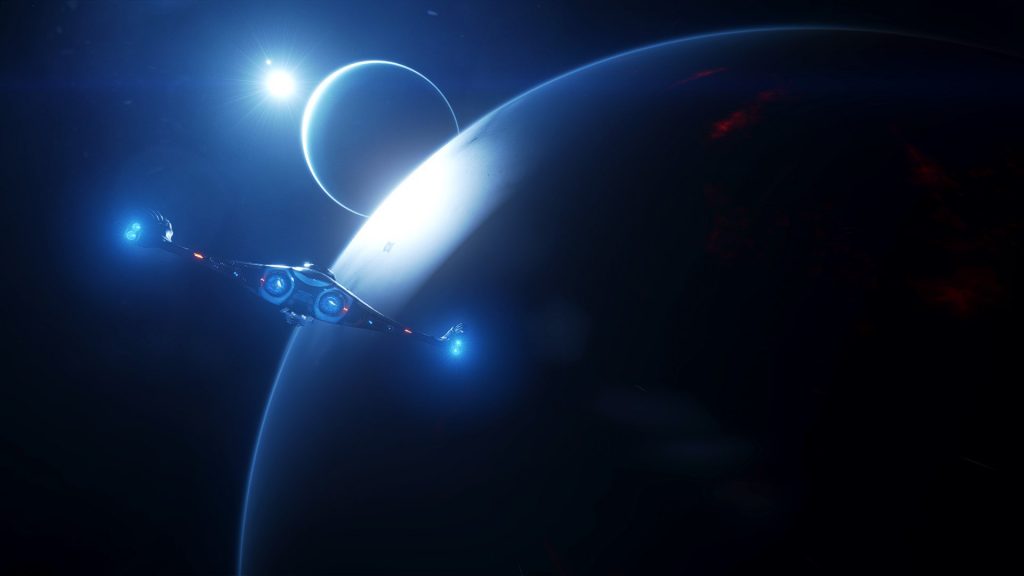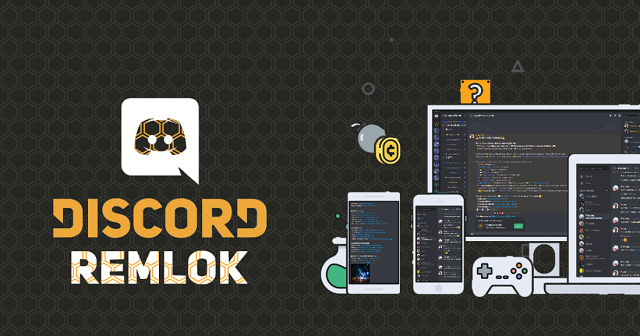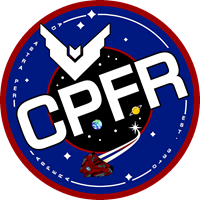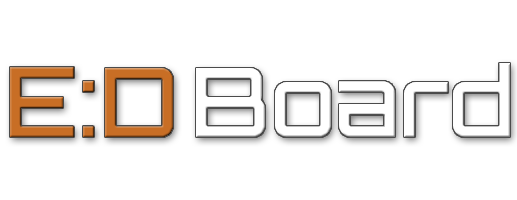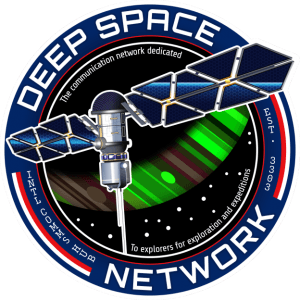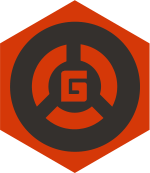This post is also available in: Français (French)
Frontier Developments unveiled the changes they want to undertake for the Exploration in Chapter 4.
Everything that will be discussed here may be subject to change, however the Frontier teams are keen to improve the Exploration Career to make it more engaging, fun and lucrative. The more investment you put into Exploration, the more rewards you will get. New features will also be implemented.
▲ Give your feedback to the developers, directly in the official forums:
Exploration 2.0
The Update 3.3 (Chapter 4) will bring additional features and overhauled mechanics to the Exploration path; New ways for Explorers to interact with stars, signals, planets and other mysterious things in space.
New Stuff
- Make exploration more involved: By introducing a process we aim to make exploration feel more meaningful, making the results more satisfying and rewarding.
- Replace flying time with gameplay: We want to reduce the amount of time you have to spend flying to a planet just to discover it. The only time we want you to fly to a planet is because you want to visit it as there’s something there you want to see or do. Ultimately that will make exploring planetary bodies and getting first discoveries in a system quicker and more engaging at the same time.
- Remove Random USS Spawning: You will now be able to use your skill to locate signal sources rather than rely on luck. you will have the ability to identify a USS from anywhere in the system and then explore and discover these locations.
- Reduce the time to find planet surface locations: You will now be able to employ game play to make searching out interesting surface locations/POIs quicker and more interesting rather than flying across the planet in low orbit.
- Improve multiplayer exploration: With both of the module upgrades we are making sure that wings and multi-crew are supported.
- Holistic System:The improvements to exploration mechanics tie together not just new discoveries, but mining, missions and signal source location in one package.
- All new “First mapped”: You’ll be able to add a first mapped across any planet within the galaxy, including within the bubble. Giving all players that have joined the game since it’s launch even more opportunity to make their mark on the galaxy.
The idea is to flesh out the role of the explorer allowing room to specialise as well as giving options for the more casual mining participant.
Discovery Scanner
Because explorers ply their trade far from civilized space, Frontier has decided to not add new module requirements. Instead, they’re improving the discovery scanner and detailed surface scanner so Commanders can jump right in as soon as the update is released, without having to spend time traveling back to a port to purchase new gear.
When you activate the discovery scanner you will now be taken to an all-new scanning interface and view. In this augmented camera view you are able to interrogate the system using new functionality of the scanner.
The process still starts with the “honk”, though its usage is now the start of a more engaging process. The scan still awards credits, of course.
The system scan now returns an aggregated display of how energetic the electromagnetic emissions are in the system. Signals are sorted on a low to high scale by their apparent energy. For example, emissions from rocky clusters will appear at the lower end of the scale, hot gas giants at the upper range. This information requires some interpretation as signals can overlap.
You are able to tune the focus of your sensors to a particular point on the scale, making emissions from objects at this range much clearer, at the cost of filtering out signals returned from bodies not emitting at this range.
As you move the view around, you are aiming your discovery scanner sensors. To aid you, the discovery scanner view also features a repeating sweep of gravitational disturbance detected in the system. You can use this sweep to narrow your search for stellar bodies, as well as start your search around the star’s orbital plane, which is revealed by the initial system scan.
Emissions that come close enough to your view’s focus are represented by signature patterns around a central reticule. If you are tuned to the correct point on the energy scale the signal will show as a symmetrical pattern clearly showing the direction towards the origin of the signal, allowing you to locate it. The further away your energy tuning, the more distorted and asymmetrical the pattern becomes, hiding the precise direction and location.
Once you have a candidate origin, you can use the scanner to reconstruct a massively zoomed in view. If you aimed precisely enough, you will discover the stellar body. If there are a number of stellar bodies in relative close proximity to your focus, you may need to repeat the process to isolate individual signals.
As you locate and identify stellar bodies their emissions are filtered out, instead becoming markers on the energy range, making it easier to find the remaining bodies. It’s at this point in that you will gain the “first discovered” tag, rather than having to physically visit the planet; You still need to sell the data at a port to gain the tag. All current first discovered tags will remain.
Importantly, when you uncover a planet using the discovery scanner, as well as being informed of the resources available on it, the presence of unusual locations, such as Guardian sites, will also be revealed. However, their precise location won’t be shown until you have mapped the planet with the detailed surface scanner.
Unidentified Signal Sources
Along with the Exploration update, Frontier devs are improving the way that USSs work. USSs will now spawn throughout the entire system when you first enter it. This enables you to use the new exploration tools to find USSs throughout the system, not just in the area around you. You can still interrogate nav beacons to find the locations.
Whilst USSs do still have a decay time, the timers have been increased to allow you time to find and fly to the ones you are interested in. The decay time is also now displayed when targeted. Signal sources still obey rules determining where they can appear within a system, and mission critical signal sources will still be highlighted to differentiate themselves once located.
The Detailed Surface Scanner
Again, this module will not be replaced. Instead, the detailed surface scanner gains the ability to launch micro sensor probes in supercruise. You will use these probes to “map” a planet’s surface and locate resource hotspots in its rings.
These flight-assisted probes are launched via a new aiming interface when activating the detailed surface scanner. The probes will arc towards a planet’s surface and when close enough will “display” sensor coverage over a large area. Once enough of the surface has coverage, the probes will collate and report their findings. To map rings around a planet you need to hit each ring with a single probe.
To allow for skilled play you can aim probes away from the planet, allowing them to arc around it, potentially letting you hit the surface on far side of the planet. If you aim too far away, the probe will fly right past and miss, but by using mass and size information displayed on the HUD you will be able to lob probes and get full coverage without having to fly around the planet.
You will be able to synthesise micro-probes for the detailed surface scanner, but the better aim you are, the less probes you will need to get complete coverage.
When you do achieve this, any unusual locations will be revealed to your ship’s navigation systems.
First Mapped By
The developers are also adding a new opportunity to get your Commander’s name immortalised in the game with the new “First Mapped By” tag. The first person to successfully map a planet to 100% and sell the resulting data at a port, will be awarded this tag. This also applies for planets that have already got a “First Discovered” tag as well.
Multijoueur
The gains of credits and ranks of explorations will be reviewed to benefit the entire crew. The discovery scanner and detailed surface scanner can be used independently by the crew to coordinate and fulfill the joys of exploration as a crew.
